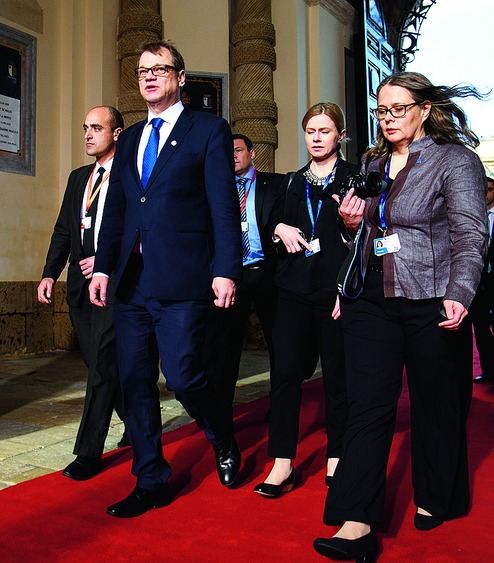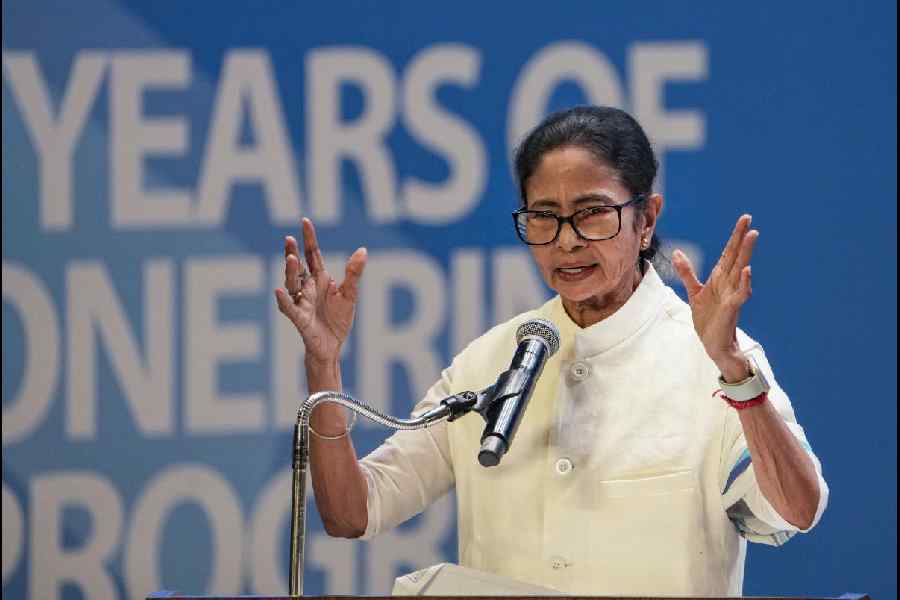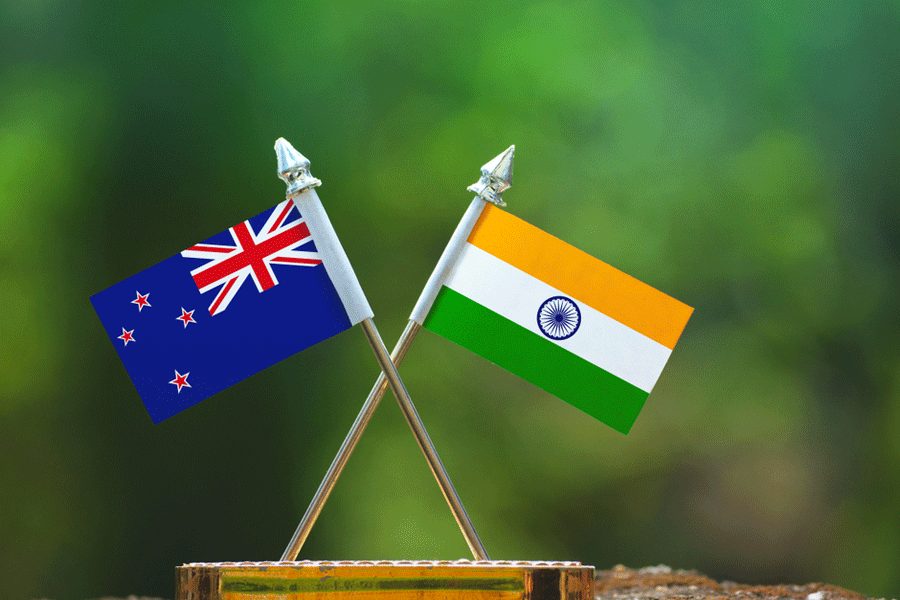
After Independence, India got Congress governments bent on doing something for the poor. None of their schemes quite worked for the poor; each one worked for one or other politician. So they started scheme after scheme; by the time they were thrown out of power, they had something like 350 schemes running. Politicians' interest and the vast sums involved attracted economists, and as economists flocked in, their opinions multiplied. The decades-long game of intellectual badminton goes on.
T.N. Srinivasan traces the beginning to Subhas Chandra Bose, who was president of the Congress in 1938. He constituted a national planning committee under Jawaharlal Nehru. It felt that to make a dent on poverty, national wealth had to be increased (it confused wealth and income). It would have been nice to increase wealth five- or sixfold, but that looked unrealistic, so it settled on doubling or tripling wealth in a decade (that is, achieving growth of 7-12 per cent a year).
The Congress got a chance a decade later when the British left India. It appointed a planning commission, which created a perspective planning division (in which TN was a young research economist), which appointed a working group. It said in its report in 1962 that the national minimum income should be adequate for a household of five people or four adult consumption units; the figure it recommended was Rs 100 a month. Since prices were higher in cities, it said the figure should be Rs 125 in towns and Rs 94.50 in villages. The committee said that the income should be raised from time to time as income per capita went up.
That was the plan before Independence; after Independence, the government never bothered to give a basic income. Instead, it gave random subsidies under the illusion that they would reach the poor. Arvind Subramanian was the first chief economic advisor to give a frank picture of where the subsidies went in his first Economic Survey in 2015. Someone amongst the poorest tenth got fuel subsidies of Rs 16; someone amongst the richest tenth got Rs 140. Of subsidized food products, 15 per cent of rice, 54 per cent of wheat and 48 per cent of sugar were sold in the black market. And subsidies had dire unintended consequences. For instance, railways' cross-subsidy from freight to passengers gave India the highest freight costs in the world, raised the cost of manufactures, and made them internationally uncompetitive. Fertilizer subsidies were fixed; there was no subsidy on transport costs, so fertilizer manufacturers sold to the nearest buyers, and farmers far away from fertilizer factories went without.
Following Subramanian's assault on subsidies, progressive (that is, neo-illiberal) economists have been reiterating and reformulating their arguments for subsidies. Their preferences seem to be shifting from targeted programmes such as the Mahatma Gandhi national rural employment guarantee scheme and public distribution scheme to simpler schemes such as universal basic income.
That is an idea that has attracted attention in the West. Many rich countries have constructed complicated social insurance schemes which reward their citizens for various disabilities - physical, mental, senility, senescence, juvenescence and so on. They are difficult to administer, and their rationale has got obscured. The governments are looking to simplify the systems; universal basic income scores high on simplicity.
Everything changes with time; so should the UBI. Karl Moene and Debraj Ray suggested that it should be replaced by universal basic share: a country should give a certain proportion of its income to the poor. If India spent 9 per cent of its gross domestic product on UBI, it would be able to give everyone Rs 10,000 a year at 2015 prices; if it spent 12 per cent, it could raise everyone above poverty line - even those with no income. Everyone's income would depend on GDP; everyone would get a stake in GDP, and would work to raise growth. If prices go up, so would UBS: it would be unaffected by inflation.
Moene and Ray's utopia is ambitious, if not unrealistic: 12 per cent of GDP is close to the share of total Central revenue, and almost a half of Central and state governments' revenue. The UBS should ideally replace the welter of miscellaneous subsidies; but each of them has a lobby behind it. Given India's fractured polity, replacement of the current subsidies by UBS would be a politically herculean task. If it comes to be tried out, it is likely to be in some other country.
One country that is trying it out is Finland. Its prime minister, Juha Sipilä, is a versatile man. In 1992, he joined Solitra, a telecommunications company. Two years later he bought a majority share in it; in 1996, he sold it, and became Finland's richest man. But he is careful with money. He bought a summer cottage in the countryside, and thought the cost of bringing an electricity line to it was too high. So he bought an old Chevrolet, and converted it into a wood-burning power plant. He then passed on the innovation to a company, which continues to make and sell the power plants.
In 2011, he was elected to Finnish Parliament. Next year he became chairman of the Centre Party. He led it into a coalition, and became prime minister in 2015. Next year he came to India with representatives of 17 Finnish companies, including Chempolis, which is building a bamboo-based biorefinery in partnership with the Numaligarh refinery.
On January 1, 2017, his government selected 2,000 people aged 25-58 from amongst those whom it was giving unemployment dole, and gave each 560 euros a month, unconditionally. They will get it for two years. After that, the government will study the change in their circumstances and behaviour, and work out which is better - the typical European welter of complicated social services or a sum of money given unconditionally to those who need it.
More recently, the government has given up its monopoly of policy thinking. Now it will put out on tender research projects on policy; winners will get money to do research for three years, at the end of which they will have to submit a report on how policy in their selected area should be reformed. The manufacture of policy reform is itself being privatized: anyone who thinks he has an idea for reforming policies will bid in a competitive tender, and if his proposal is accepted, he will have the time and the money to work out the reform in detail.
In the past two centuries, democratic governments have erected a heavy, cumbersome infrastructure of representative bodies, and power-wielding ministries to make policies. Juha Sipilä's government is reinventing this sacred administrative model itself; it is not simply replacing it with a model of its choice, but is asking its citizens to come up with ideas and work them out in detail. It will then look at the ideas, ask itself which ones are promising and practical, and use them in policy experiments. This, to my mind, is a fascinating reinvention of democracy. We are all proud of Indian democracy. But few of us would think it is perfect; all of us would like to improve it. Finland shows us how to do it.










